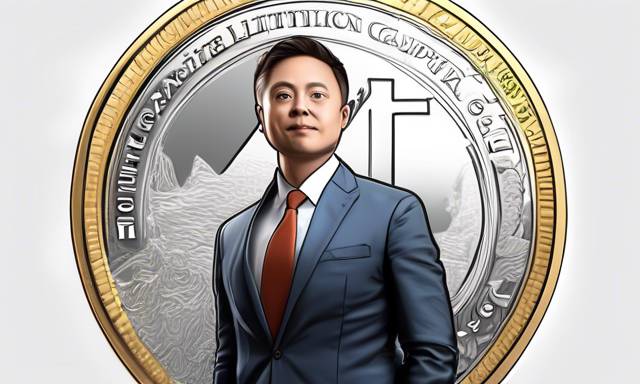Overview of Nvidia’s Stock Situation 📉
Nvidia’s stock (NASDAQ: NVDA) seems to be under pressure after briefly hovering near its all-time high. Current fluctuations in stock price can be attributed to potential regulatory changes that might affect the company’s trajectory. Observers note that there is room for interpretation regarding the recent market movements, indicating that the situation may not be as dire as it appears.
Current Stock Performance Analysis 📊
Recently, Nvidia’s share price has struggled to maintain a level above the crucial support point of $130. This struggle comes right after an attempt to break through the $140 resistance. At present, Nvidia is trading at around $130, reflecting a decline of over 5%. Over the past week, this decline has culminated in a total drop of 2.5% in value.
Reasons Behind the Decline 🔍
The recent dip in Nvidia’s stock illustrates reactions to reports suggesting that the U.S. government may impose restrictions on advanced AI chip exports to selective regions. According to sources, the White House is contemplating limitations on export licenses for AI chips, predominantly affecting Nvidia, with concerns largely centered around national security implications.
Earlier this year, discussions emerged from the Biden administration regarding the necessity to slow down approval processes for exports of large-scale AI accelerators from Nvidia and other American chip manufacturers to certain areas, particularly in the Middle East.
Market Reactions: Not All Alarmed 🚨
Despite the stock’s recent correction, some analysts express that there is no immediate cause for concern since the market momentum does not indicate a severe sell-off. Notably, analyst Rita Lawrence pointed out in an update that the abrupt fall in NVDA’s share value does not align with expected volume patterns.
In typical scenarios, a significant price reduction would coincide with a marked increase in sell-off volumes. However, the volume during this price dip has remained unexpectedly low, suggesting a lack of widespread panic among investors.
Lawrence further proposed that, had this really been a mass sell-off, the decrease in price would have been more pronounced, potentially reaching a 10% drop. This inconsistency indicates that the movement may stem from temporary factors rather than a solid selling wave.
Looking Ahead: Nvidia’s Prospects 🌟
Nvidia’s trading patterns over the past day resonate with its historical performance characterized by volatility and substantial movements in capital. There were notable challenges earlier this year, particularly in August, when it appeared that shares might decline persistently below the $100 benchmark. This happened after the announcement of delays in the launch of its next-generation Blackwell chips due to various design issues.
Nevertheless, consensus within the market leans toward positive sentiment regarding Nvidia’s future. Experts note that the anticipated release of Blackwell chips, alongside the company’s significant contributions to the AI sector, could lead to favorable outcomes in the upcoming months.
Citi analyst has indicated that Nvidia maintains a dominant position in the AI accelerator segment, forecasting a price target of $150 with a positive outlook. This optimism is echoed by predictions from Goldman Sachs, which shares a similar target in light of Nvidia’s potential adaptability to growing computational demands linked with advanced AI models.
Anticipation for the Blackwell chip has surged following comments from Nvidia CEO Jensen Huang, who stated the chip is now in full production with overwhelming demand. This excitement leads to predictions like those from Phil Panaro, who estimates that Nvidia could generate $600 billion in revenue by 2030 from these new chips.
Hot Take 🔥
In conclusion, while the drop in Nvidia’s stock price may raise eyebrows, the comparatively low trading volume coupled with the absence of widespread selling indicates that this decline may be fleeting rather than a precursor to significant selling pressure. Nvidia’s integral role in the advancing AI landscape positions it for potential growth, despite short-term fluctuations.





 By
By
 By
By

 By
By
 By
By